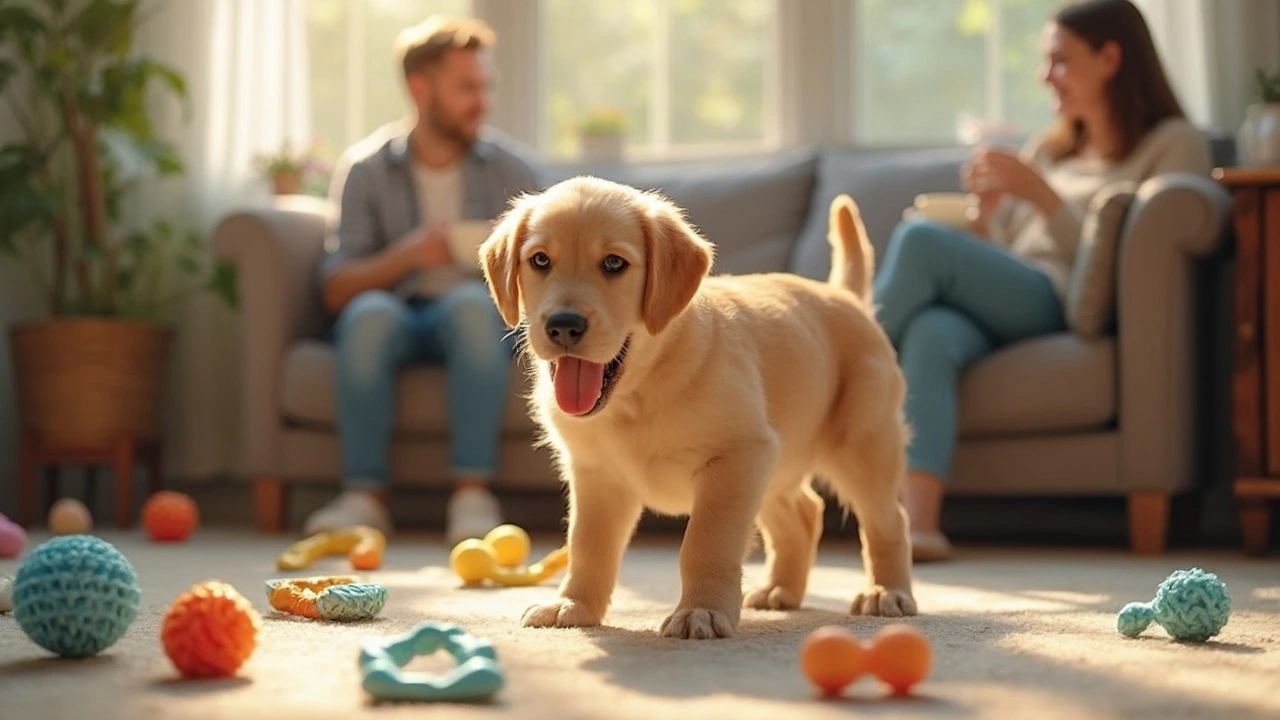New Puppy Care: Simple Tips for First‑Time Dog Parents
Got a tiny, wagging bundle of joy and wonder how to keep it safe, fed, and happy? You’re not alone. The first weeks are a mix of excitement and a few sleepless nights. Below are the most useful actions you can take right now, no fluff, just clear steps.
Feeding and Nutrition Basics
Start with a high‑quality puppy food that lists a real meat source as the first ingredient. Avoid meals with a lot of fillers like corn or soy; they add calories but little nutrition. Measure the daily portion according to the bag’s guide, then split it into three to four meals a day. Puppies grow fast and need steady energy, so regular meals prevent low blood sugar and a bad mood.
Fresh water should be available at all times. Change it at least twice a day and clean the bowl to keep it free of bacteria. If you want to give treats, stick to purpose‑made puppy treats and keep them under 10% of the total calories. Over‑treating leads to a round belly and health issues later.
Transition to a new food gradually. Mix 25% of the new kibble with 75% of the old for a few days, then swap the ratio every two days. This prevents tummy upset and helps your pup adjust without vomiting.
Sleep, Safety, and Early Training
Puppies need a lot of sleep—up to 18 hours a day. Set up a quiet, cozy crate or a puppy‑proofed corner with a soft blanket. Crate training isn’t punishment; it gives your dog a safe den and makes house‑training easier. Put the crate in a room where you spend time, so the pup feels part of the family.
House‑training starts the moment you bring the puppy home. Take the pup out first thing in the morning, after meals, and after play sessions. Use the same door each time, give a calm “go potty” cue, and reward with a treat the instant the pup finishes. Consistency beats clever tricks.
Begin basic commands when the pup is 8‑10 weeks old. Short, 2‑minute sessions work best. Teach “sit” by holding a treat above the nose and moving it back; the pup’s hindquarters will drop naturally. Click or say “yes” the moment the sit happens, then give the treat. Repeating this builds a clear cause‑and‑effect link.
Safety is a constant concern. Puppy‑proof your home by removing electrical cords, small objects, and toxic plants. Use baby gates to block off stairs and rooms you’re not ready to share. Chewing is natural, so give safe chew toys like rubber rings or rope toys; they keep teeth healthy and redirect biting away from shoes.
Socialisation should happen early but safely. Introduce the puppy to new sounds, surfaces, and calm, vaccinated dogs. A few minutes each day builds confidence and reduces fear later on.
Finally, schedule a vet visit within the first week. The vet will check weight, start vaccinations, and give a deworming plan. Ask about microchipping—it’s a cheap, permanent ID that saves both you and the pup from stressful lost‑dog scenarios.
These steps cover feeding, sleep, safety, and early training—everything a new puppy owner needs to get off on the right paw. Stick to the routine, stay patient, and enjoy watching your little buddy grow into a well‑behaved companion.

Puppy Toys: How Do I Keep My 8 Week Old Puppy Entertained?
Got an 8 week old puppy bouncing around your home? They need lots of safe things to explore and chew. This article breaks down easy and fun ways to entertain your young pup with toys, games, and daily routines. Discover why babies need variety and how to keep boredom away. Find tips that'll help your puppy burn energy and stay out of trouble.
View more